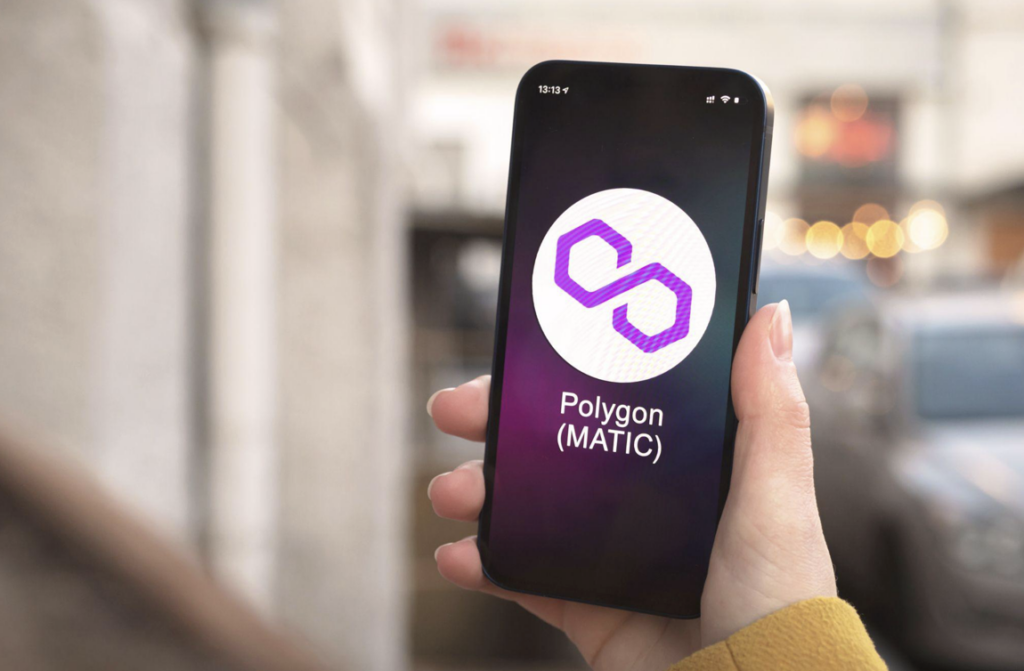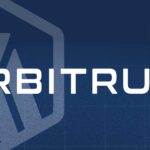Polygon has solidified its role as a premier Layer-2 scaling solution for Ethereum, addressing the network’s high fees and congestion since its inception as Matic Network in 2017. Rebranded in 2021, Polygon has expanded into a multi-chain ecosystem, enhancing Ethereum’s scalability, speed, and cost-efficiency. By March 12, 2025, Polygon’s evolution into Polygon 2.0—with the shift from MATIC to POL—underscores its ambition to be a foundational layer for Web3. This article explores Polygon’s technology, ecosystem, current state, and future prospects in a rapidly maturing blockchain landscape.
1. What is Polygon?
1.1 Founding and Purpose
- Founded by Jaynti Kanani, Sandeep Nailwal, and Anurag Arjun, Polygon (initially Matic Network) launched to alleviate Ethereum’s scalability bottlenecks—high gas fees and slow transaction times.
- The 2021 rebrand to Polygon signaled a broader vision: a multi-chain framework integrating Ethereum-compatible networks, now fully realized with Polygon 2.0 in 2025.
2. Polygon’s Core Technology (Updated)
2.1 Plasma Chains and Sidechains
- Legacy Role: Early Polygon leveraged Plasma chains for off-chain transaction batches, reducing Ethereum mainnet load.
- PoS Chain: The Polygon PoS sidechain, live since 2020, processes ~10–20 TPS in 2025 (down from a theoretical 65,000 TPS peak), serving as a cost-effective bridge to Ethereum. Post-2024, it’s transitioning to a zk-secured chain under Polygon 2.0.
2.2 Proof-of-Stake (PoS) and Security
- Mechanism: Validators stake MATIC (now POL) to secure the PoS chain, with 70% of circulating supply (7 billion POL) staked by 2025, yielding 4–6% APY.
- Security: Ethereum’s L1 checkpoints ensure PoS chain integrity, with slashing deterring misbehavior.
2.3 zk-Rollups and Optimistic Rollups
- zk-Rollups: Polygon zkEVM, launched in 2023, scales to 2,000+ TPS by 2025 with zero-knowledge proofs, offering near-instant finality (~1–2 seconds) and $0.01–$0.05 fees.
- Optimistic Rollups: Polygon Nightfall (zk-enhanced) and legacy Optimistic solutions cater to enterprise privacy, though zkEVM dominates adoption.
- Polygon 2.0 Shift: By 2025, zk-tech underpins the ecosystem, phasing out older rollups.
2.4 Polygon SDK and Multi-Chain Future
- Polygon SDK: Evolved into the Polygon AggLayer by 2025, enabling seamless interoperability across zk-rollup chains and Ethereum.
- Polygon 2.0: A unified “Value Layer” connects Polygon chains via zero-knowledge proofs, rivaling Polkadot and Cosmos in scope.
3. Key Features of Polygon (Updated)
3.1 Low Fees and High Throughput
- Fees: zkEVM transactions cost $0.01–$0.05, dwarfing Ethereum’s $0.10–$0.50 post-sharding, while the PoS chain remains at ~$0.001.
- Throughput: zkEVM achieves 2,000–5,000 TPS in practice, with AggLayer enabling infinite scaling across chains.
3.2 Ethereum Compatibility
- Full EVM compatibility persists in 2025, with zkEVM mirroring Ethereum’s opcode set. Over 50% of Ethereum dApps (e.g., Uniswap, Aave) now deploy on Polygon, per 2024 metrics.
3.3 Decentralized Finance (DeFi) Ecosystem
- TVL: Polygon’s DeFi TVL hits $3–$5 billion by 2025, driven by zkEVM adoption.
- Leaders: Aave ($1B+ TVL), QuickSwap (top DEX), and Curve leverage Polygon’s efficiency.
3.4 NFT Support
- Volume: Polygon hosts ~15% of NFT trades ($2B+ annually), with OpenSea and Magic Eden integrating zkEVM for sub-cent minting.
- Gaming: Zed Run and Aavegotchi thrive, with zk-tech enhancing in-game economies.
4. Polygon’s Ecosystem (Updated for 2025)
4.1 DApps and dApp Ecosystem
- Scale: Over 100,000 dApps run across Polygon’s chains, with zkEVM hosting 60% by 2025.
- Standouts:
- Aave: Dominates lending with zkEVM integration.
- SushiSwap: Expands cross-chain swaps via AggLayer.
- Decentraland: zkEVM enhances metaverse performance.
- The Sandbox: Migrates assets to Polygon for scalability.
4.2 Partnerships and Integrations
- Corporate Ties: Google Cloud powers Polygon’s zk-node infrastructure in 2025, while Stripe and Adobe embed NFT and payment solutions.
- Web3 Push: Polygon Studios funds 500+ gaming/NFT projects, with Nike’s .Swoosh platform minting $100M+ in NFTs on Polygon.
- Institutional: BlackRock explores tokenized funds on zkEVM, signaling mainstream traction.
5. Challenges and Criticisms (Updated)
5.1 Competition from Other Layer-2 Solutions
- Rivals: Arbitrum (3,000 TPS, $0.05 fees) and Optimism (2,000 TPS) compete fiercely, while Ethereum’s sharding (100,000 TPS potential) pressures L2 relevance. Polygon’s AggLayer offers a multi-chain edge.
- Solana/Avalanche: L1s with native speed challenge Polygon’s niche, though Ethereum alignment keeps it ahead.
5.2 Centralization Concerns
- Validators: The PoS chain’s 100 validators (2025) pale next to Ethereum’s 500,000+, though zkEVM’s reliance on Ethereum L1 mitigates risks.
- AggLayer: Centralized sequencer concerns linger, with decentralization roadmaps targeting 2026.
5.3 Regulatory Challenges
- Staking Scrutiny: The SEC’s 2024 security classification of staking (e.g., Ethereum) looms over POL, though Polygon’s EU MiCA compliance strengthens its stance.
- NFT/DeFi: Global KYC pressures could impact Polygon’s open ecosystem.
6. Future Outlook for Polygon (Updated for 2025 and Beyond)
6.1 Expansion of the Multi-Chain Ecosystem
- Polygon 2.0: The AggLayer connects 20+ zk-rollup chains by 2025, with 50+ projected by 2027, rivaling Cosmos’ interoperability.
- Adoption: 1M+ daily active users across Polygon chains, per 2025 estimates.
6.2 Increasing DeFi and NFT Adoption
- DeFi: TVL could hit $10B by 2027 as zkEVM scales, with AggLayer enabling cross-chain yield farming.
- NFTs: Gaming and metaverse growth (e.g., The Sandbox) drive Polygon to 20%+ of NFT market share.
6.3 Enterprise Adoption
- RWAs: Tokenized real estate and bonds on zkEVM exceed $1B by 2026, with Deloitte piloting solutions.
- Web3 Infrastructure: Polygon’s carbon-neutral pledge (2022) and zk-tech attract ESG-focused firms like Adobe.
6.4 Price Potential
- POL: Trades at $0.50–$0.70 in 2025 (hypothetical, post-MATIC transition), with $1–$2 plausible by 2027 if zk-adoption accelerates.
7. Conclusion
As of March 12, 2025, Polygon (MATIC, now POL) remains a linchpin of Ethereum’s scaling ecosystem, evolving from a PoS sidechain to a zk-powered multi-chain network with Polygon 2.0. Its low fees, high throughput, and Ethereum compatibility fuel a thriving DeFi, NFT, and gaming ecosystem, backed by robust partnerships. Challenges like competition and centralization persist, but the AggLayer and zkEVM position Polygon as a Web3 leader. With enterprise adoption and ecosystem growth accelerating, Polygon’s future is bright, potentially reshaping blockchain scalability for years to come.


